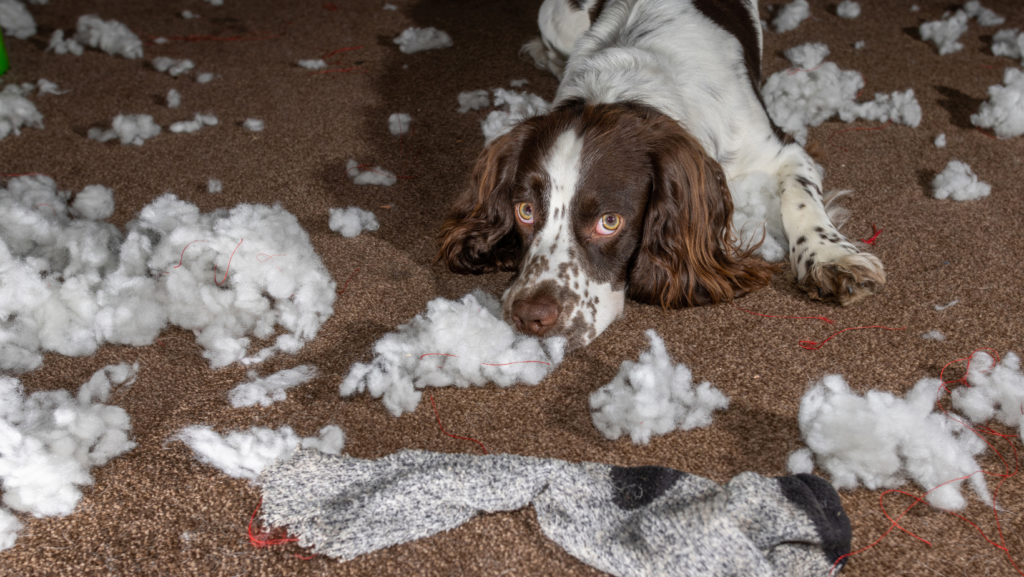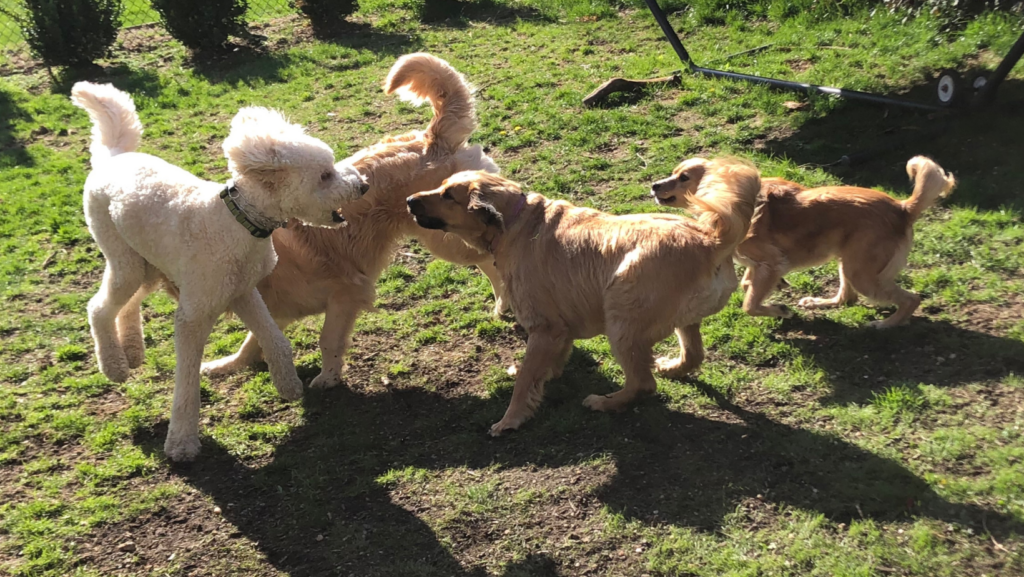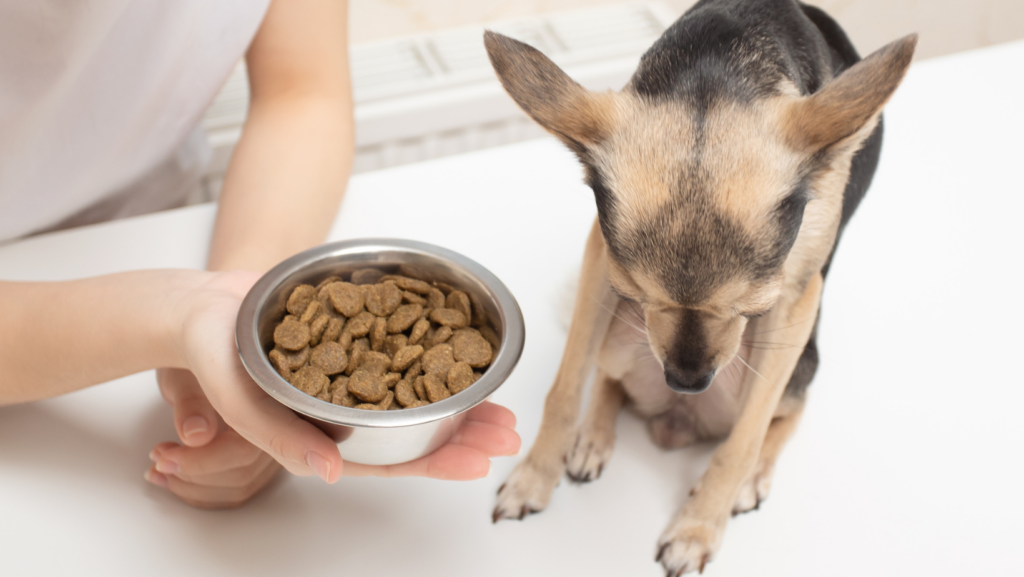You may not think President Trump is affecting your dog. But you’d be wrong. He absolutely is.
Dogs are sensitive to emotions. They feel emotions just like humans do. But that’s where the similarity stops. They cannot process these emotions, just like a 2 year-old child that does not know how to handle anger, stress or anxiety, and lashes out with bad behavior towards their parents.
So….how does this relate to your dog’s safety and Trump? Your dog is reacting to how you are reacting towards Trump…or work…or in-laws…or any other stress-inducing emotion you feel. This can lead to dangerous and harmful behaviors.
Here is a list of dangerous behaviors that result from negative emotions in your home. I would bet some, if not all, of your dog’s behaviors are on here:
- barking/lunging at other dogs on a walk
- attacking other dogs
- excitement/submissive peeing in the house
- barking at guests as they enter the house
- nipping at you or the children
- barking at people as they pass by your living room window
- whining
- pacing
- tripping you up as they always need to be underfoot
- and more…
So…stop letting Trump (or your work…or the in-laws) create these dangerous behaviors in your dog.
I can teach you the skills and tools in order to stop the bad behavior and enhance the good ones; but it’s up to you if you want to let negative emotions affect your dog.





